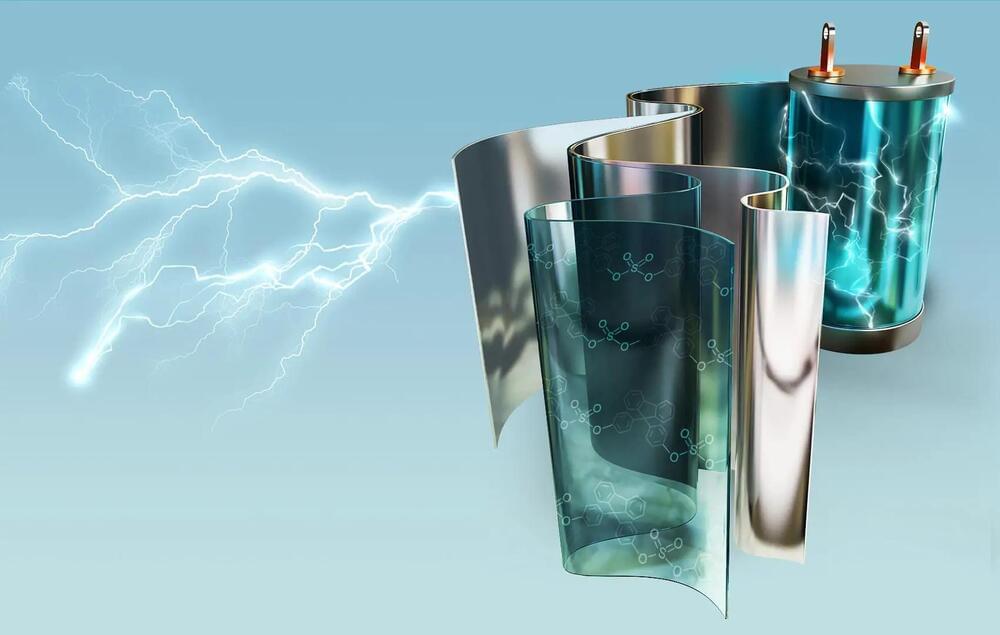The researchers had to look at light mechanically to begin seeing similarities in properties usually seen in quantum states.
In 1,673, Christiaan Huygens wrote a book on pendulums and how they work. A mechanical theorem mentioned in the book was used 350 years later by researchers at the Stevens Institute of Technology to explain the complex behaviors of light, a university statement said.
Although known to us for eons, humanity has found it difficult to explain the very nature of light. For centuries scientists have been divided on whether to call it a wave or a particle and when there seemed to be some agreement on what light could actually be, quantum physics threw a new curveball by suggesting that it existed as both at once.







